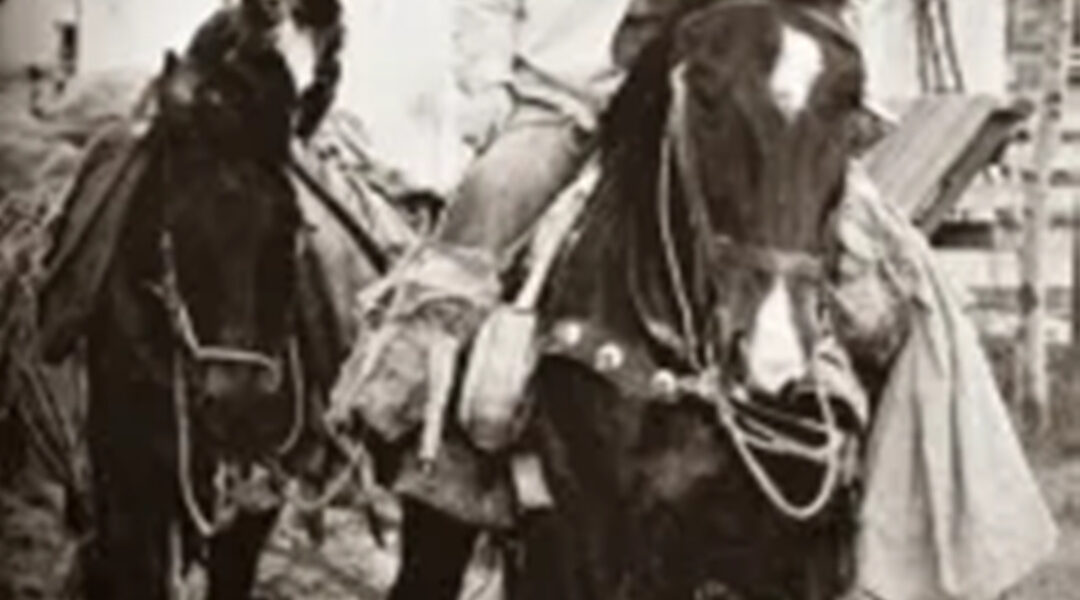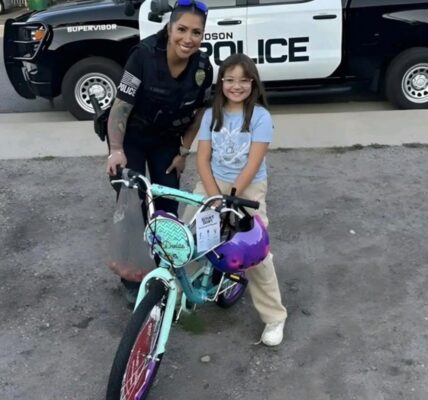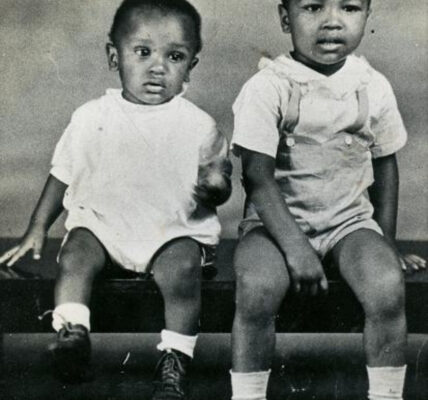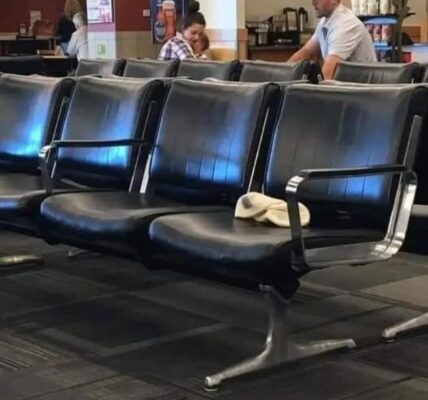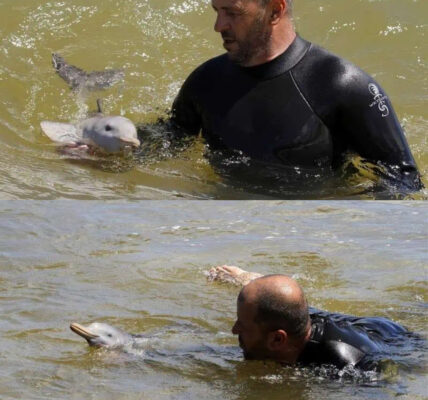In 1954, Annie Wilkins stood at the edge of everything she had ever known and faced the prospect of nothing left to lose. She was sixty-three years old, a farmer in Maine whose land had just slipped from her grasp. Her family was gone, her savings nonexistent. And then came the cruelest blow of all: a doctor’s diagnosis that gave her only two years to live.

Most people in Annie’s place might have surrendered to despair. The county charity home was waiting, the path of resignation laid out before her. But Annie was not most people.
Instead, she decided she wanted to see the Pacific Ocean before she died. She wanted to lay eyes on the far horizon of her country—the last great sight she had never known. And if she only had two years left, then she was determined that those years would not be wasted in a bed or within four walls. They would be spent on the road.
She bought a horse—a tired, unwanted gelding named Tarzan. She gathered what little she had, pulled on men’s dungarees, and with her loyal mutt Depeche Toi trotting alongside, Annie swung herself into the saddle.
It was November, bitter and unforgiving in Maine, and she had no map, no money, and no real plan beyond heading south to escape the snow. But she carried something rarer: an unshakable faith that strangers would show kindness.
What began as a desperate bid for one last adventure became one of the most unlikely odysseys in modern American history.
For two years—1954 to 1956—Annie, Tarzan, and Depeche Toi moved slowly across the country. They battled blizzards, forded rivers, and crept along highways where automobiles screamed past at speeds the horse could never match. They rode through vast mountains, across endless plains, into bustling cities, and through the smallest of towns.

Everywhere she went, Annie was both out of place and entirely at home. America in the 1950s was rushing headlong into a new age—more cars, more televisions, more locked doors and hurried lives. And here came Annie, astride a horse, moving at the ancient pace of hooves on pavement, carrying nothing but hope.
The country responded. People opened their doors. They offered meals, beds, warm barns, and small acts of kindness. Strangers became her family, sharing the burden of her impossible journey.
Along the way she met famous figures—painter Andrew Wyeth sketched Tarzan; entertainers like Art Linkletter and Groucho Marx marveled at her audacity. But it was the ordinary faces—the farmers, shopkeepers, children, and fellow travelers—who gave her story its soul.
She was offered homes, jobs, even marriage. In Kentucky, a gas station owner promised her steady work. In New Jersey, a stable offered her a permanent place to stay. A Wyoming rancher even asked for her hand. But Annie always declined. She hadn’t come this far to stop short.
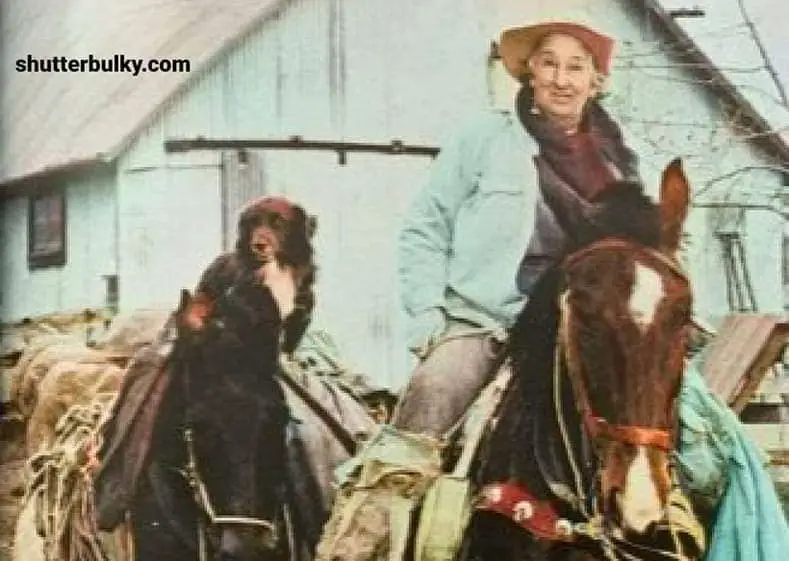
She pressed on. Mile after mile, season after season, until she had ridden more than four thousand miles. By the time she reached the Pacific, Annie Wilkins had done more than fulfill a dying wish.
She had become a living symbol of resilience and trust, a reminder of the power of faith in the kindness of others at a time when the world seemed to be moving too fast to notice.
Her ride was not just a journey across land—it was a bridge between eras. Between the America of front porches, unlocked doors, and neighbors who knew each other’s names, and the America of highways, television screens, and strangers passing by in cars with windows rolled up.
Annie Wilkins never accepted the doctor’s sentence of two years. She lived more than a decade beyond it. And perhaps it was the ride itself—the purpose, the people, the sheer will to keep moving forward—that gave her those extra years.
She became known as “the last of the saddle tramps,” but in truth, Annie was something more: a dreamer who refused to let circumstance dictate her ending. A woman who saddled up when the world told her to sit down.
A reminder that sometimes the most extraordinary journeys begin when we believe, against all odds, that kindness will meet us on the road.
